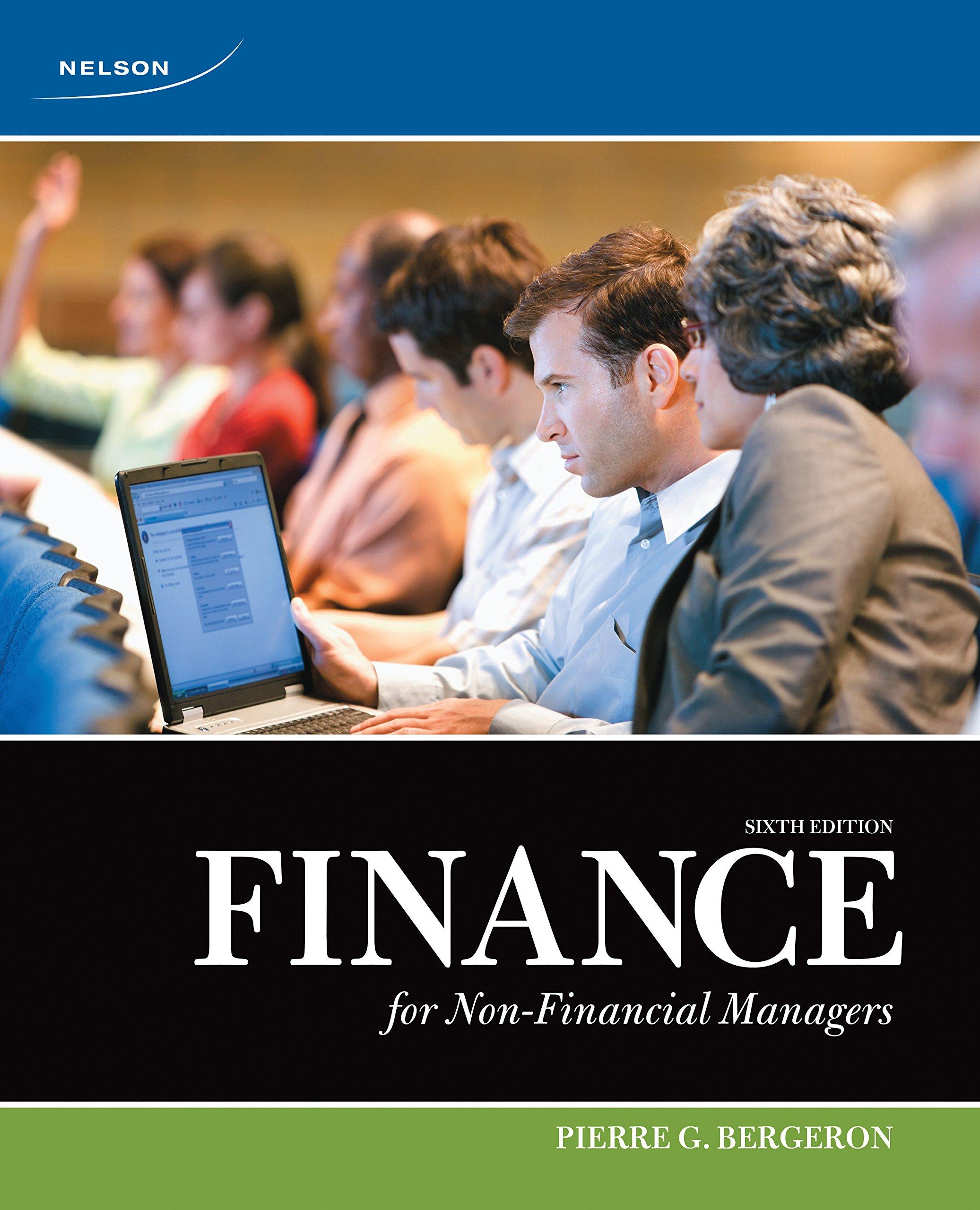question 1-5 help please

select all true statements If two assets have a risk of 20%, it is possible to obtain a risk of zero if a) their correlation is -1 and b) we pick specific portfolio weights if the returns of two risky assets have a correlation of zero, it is possible to create a portfolio with zero risk correlation of returns is a number that ranges between 0 and 1 If you want to reduce the risk of a portfolio, you are more likely to achieve this goal with two assets with a correlation of 0.9 than with two assets with a correlation of 0.1 select all true statements According to CAPM, investors will select assets with higher standard deviations because they always produce higher returns Your portfolio has one asset with a beta of 3 and another with a beta of 1. If you sold the asset with the beta of 1 and invested the proceeds in another asset that follows the overall market, your portfolio beta will decrease the beta of a portfolio that is composed of TBills and a fund that mimics the market is between zero and 1 If you invest equal amounts in TBills and the market, your portfolio beta is exactly 0.5 select all true statements CAPM can be used to estimate the required return of an asset given its standard deviation, the required return of the market and the risk free rate CAPM can be used to estimate the required return of an asset given its beta, the required return of the market and the risk free rate Holding everything else constant, assets with higher betas should have higher required returns If markets are in equilibrium and the expected return of the market is 13%, a stock with a beta of 1 should have an expected return of 13% Question 4 (1 point) select all true statements the beta of TBills (or any other risk free asset) is zero the beta of a diversified portfolio that mimics the market (such as the S&P500) is 1 total risk, measured by standard deviation, reflects both systematic and diversifiable risk systematic risk can be completely eliminated by investing in multiple assets select all true statements Assets whose returns are constant have a risk (measured by standard deviation) of zero If an asset increases its value by a steady constant rate, say 3%, then this asset has a risk of 3% If an asset increases its value by a steady constant rate, say 3%, then this asset has a risk of 0% If a stock that is priced at $100 decreases its value to $75, then it produced a return of 25% Assets whose prices are constant over time have returns equal to 0%












